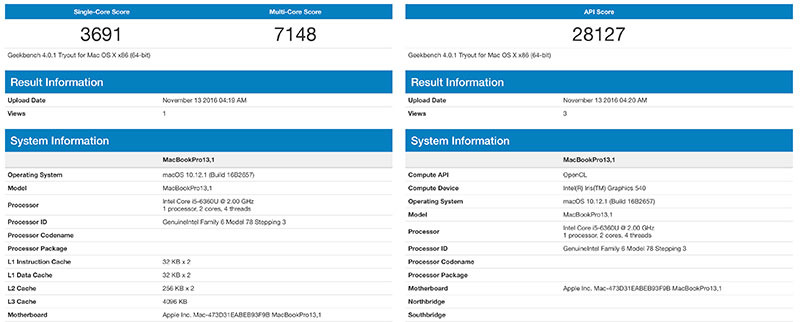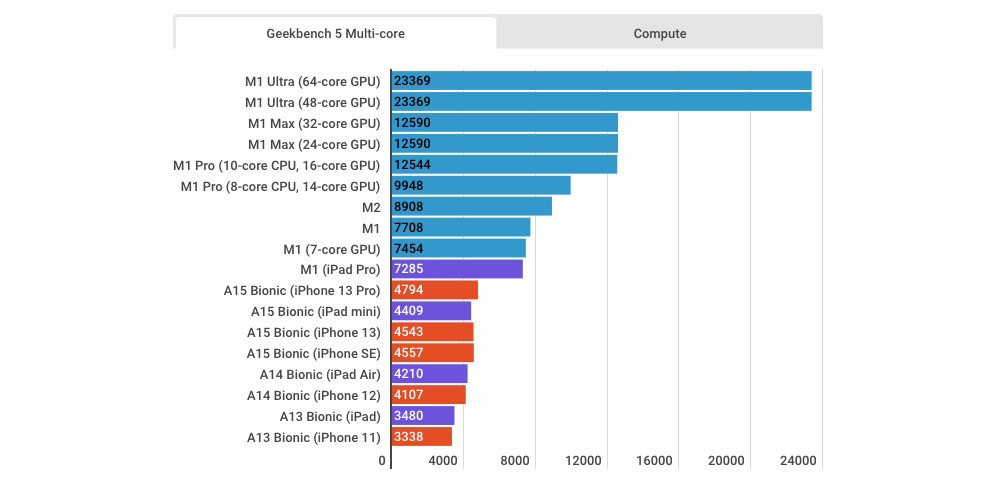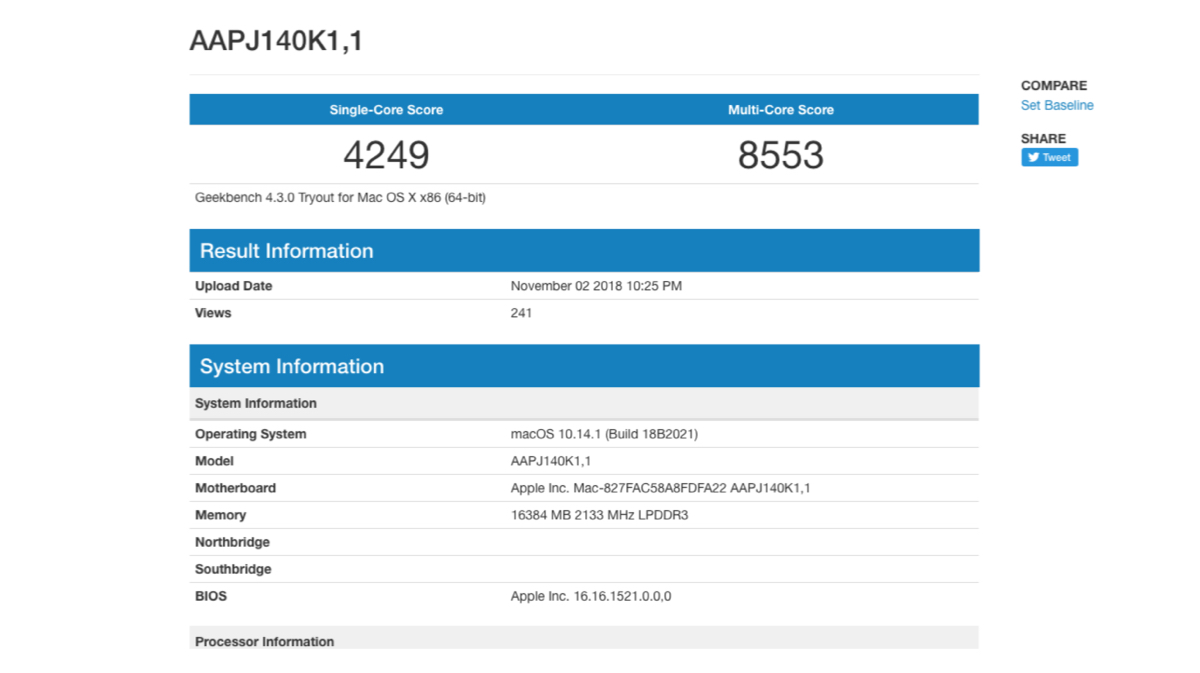


If i was spending that kind of money i'd really want to demo one and speak to an 'expert' on the subject with first hand experience, because there's too many factors in what you'll see real world.
GEEKBENCH MAC PRO 8 VS 10 CORE SOFTWARE
Really just depends how/if the software can utilise it of course. Yet there doesn't seem to be much between the single core speeds when both under load, so would be the better chip for big projects. However, purely from a hardware level - the 14 has a big overall processing power advantage - it's quite a significant difference when you look at the tech specs and benchmarks. 12 cores in this instance)? If that holds true you'd probably have to think the 10 core would be better value. If you want freedom to choose your own fire-breathing GPU, consider the Sonnet eGFX Breakaway Box or the AKiTiO Node Pro eGFX Box or the Mercury Helios FX.Am i right in thinking that Logic can only utilise 24 threads (i.e. On the positive side, it does support the LG UltraFine 5K with one of the Thunderbolt 3 ports. Be aware that it comes with an AMD Radeon Pro 580 pre-installed. NOTE: The new Blackmagic eGPU is getting a lot of attention. And even then, many apps ignore the eGPU unless the primary display is connected directly to the GPU inside. Consider budgeting for an eGPU box with a high-end GPU (like the AMD Radeon Vega series) if your GPU intensive applications flounder. The 2018 MacBook Pro's 560X GPU, however, is not impressive. If that is a concern, you can use the Intel Power Gadget app to monitor the CPU clock frequency during your typical workflow. Extended activity with CPU intensive pro apps have been reported to cause Thermal Throttling, nullifying Turbo Boost and even dropping below the standard clock rating. The 2018 MacBook Pro 15 inch is a CPU crunch contender - at least when running brief benchmarks like Geekbench. The 2018 MacBook Pro GPUs are highlighted in RED. The higher the score, the faster the Mac. The OpenCL Score combines the results of 8 tests. GEEKBENCH Multi-Core Floating Point Score
GEEKBENCH MAC PRO 8 VS 10 CORE PLUS
Ģ017 iMac Pro 8-core = 3.2GHz 8-core Xeon, 32G RAM, Pro Vega 64 GPUĢ018 MacBook Pro i9 6-core = 2.9GHz 6-Core i9, 32G RAM, Pro 560X GPUĢ010 Mac Pro Xeon 12-core = 3.33GHz 12-core Xeon, 96G RAM, Vega Frontier GPUĢ013 Mac Pro Xeon 8-core = 3.0GHz 8-core Xeon, 64G RAM, FirePro D700 GPUsĢ018 MacBook Pro i7 6-core = 2.6GHz 6-core i7, 16G RAM, Pro 560X GPUĢ013 Mac Pro Xeon 6-core = 3.5GHz 6-core Xeon, 32G RAM, FirePro D500 GPUsĢ010 Mac Pro Xeon 6-core = 3.33GHz 6-core Xeon, 48G RAM, Radeon HD 7950 GPUĢ017 iMac i7 4-core = 4.2GHz 4-core i7, 64G RAM, 64G RAM, Pro 580 GPUĢ018 MacBook Pro i7 4-core = 2.7GHz 4-core i7, 16G RAM, Iris Plus 655 GPUĢ017 MacBook Pro i7 4-core = 3.1GHz 4-core i7, 16G RAM, Pro 560 GPU The three sample 2018 MacBook Pros are highlighted in RED. (Each score is the highest reported on the Geekbench Browser.) The overall score combines 25 tests including Integer, Floating Point, and Memory. We've compiled a graph showing the various Macs running the Multi-Core Geekbench CPU test. How does the 2018 MacBook Pro 15 inch compare to other Macs? Will the 6-core CPU give it enough punch to compete? And what about the GPU?

July 20th, added 2.6GHz i7 6-Core and noted core frequency July 19th, 2018, by rob-ART morgan, mad scientist


 0 kommentar(er)
0 kommentar(er)
